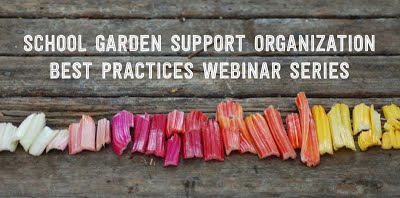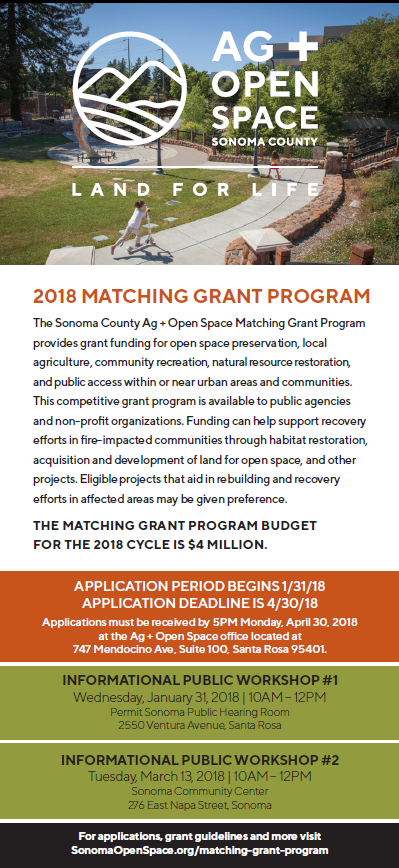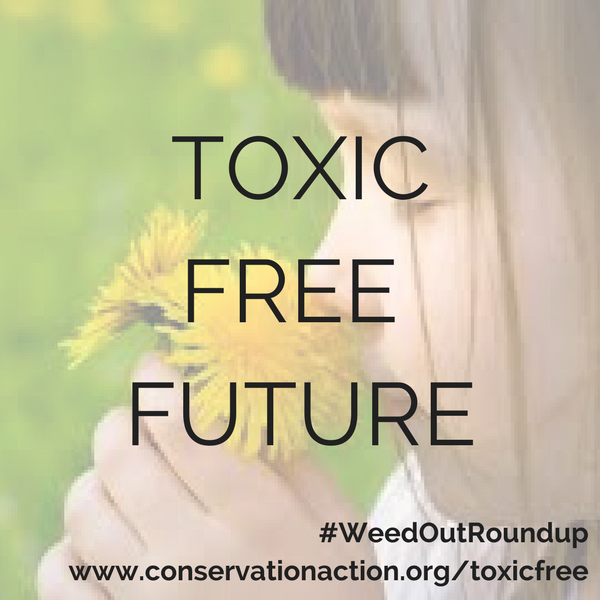 Overview of Position: Sonoma Academy is seeking a highly qualified Garden Educator to develop new, and build upon existing, Organic Teaching Garden programs. This is a part-time (24 hours per week), year-round position that has the potential to grow into a full-time position. Compensation is $25/hour with some benefits. Approximate time period will be Mondays, Tuesdays, Wednesdays and Fridays 10:00am – 4:00pm. The position ideally would begin mid-March 2018. Responsibilities:
Founded in 2001, Sonoma Academy (SA) is a dynamic college preparatory high school providing a premier education for 311 motivated learners from Sonoma, Napa, and Marin Counties. The campus is located on a 34-acre site at the foot of Taylor Mountain in southeastern Santa Rosa, approximately one hour north of San Francisco. SA graduates attend public and private colleges all over the U.S and abroad. Commitment to Diversity: We share the conviction that a diverse, inclusive community is fundamental to a meaningful educational experience. We are deeply committed to having a staff and student body which reflect the rich diversity within the North Bay, and we strongly encourage candidates of color to apply. Please send a resume and cover letter by February 12th, 2018. Thank you for your interest in this position! https://www.sonomaacademy.org/page/about/employment
0 Comments
Thomas Page Academy, K-8 school in Cotati, is looking for a garden teacher.
The school garden has veggie boxes and habitat sections. The school garden teacher is responsible for planning and conducting one hour classes in the garden. Teachers accompany the students to the garden and assist the garden teacher during the lesson. Dates and times are flexible. The position is a independent contract with the school district. The pay is $20 an hour. We have the funds to pay for 200 hours. Contact: [email protected] The National School Garden Network (NSGN) connects individuals and organizations working to support school garden programs at a district, regional, statewide, or national level. Members share resources and strategies for supporting multiple schools gardens, with the ultimate goal of aligning efforts across communities.
Selecting, Installing and Managing School Garden Bed Systems -- January 30th 1pm PST Choosing the best garden bed system for your school garden program can be an important contributing factor to long-term success. When you are working with multiple school garden sites, the number of variables to consider increases and using standardized bed systems with all of your schools can provide both benefits and challenges. In this webinar, we will hear from SGSOs who have developed standard garden bed packages and find out what has worked for them and how they source their materials. Presented by:
https://register.gotowebinar.com/register/3674646313467722753 More in this series: Teaching Basics -- March 2018 Garden To Cafeteria -- May 2018 School Gardens in High Need Areas -- September 2018 Background on Community Soil Foundation:
Community Soil Foundation (CSF) was founded in 2012. The mission of CSF is to cultivate the wellness of Sonoma County communities by offering land-based education, creating access to organic produce, and regenerating habitat and natural resources. CSF teaches environmental stewardship to youth and adults through sustainable, organic gardening practices and habitat restoration and regeneration. We also provide an outdoor gathering-space for community members to grow local produce and connect with each other. As a response to the 2017 wildfires, our newest program, Healthy Habitats, aims to directly protect public health and the Mark West Creek watershed through landowner education and containment of hazardous waste in fire affected areas. Job Description: The Volunteer and Outreach Coordinator is responsible for managing the objectives and activities of the organization’s outreach plan as well as developing and implementing the Healthy Habitats program. The Coordinator reports to the Program Director and collaborates with all staff, board members and community partners. Position Details: This position is part-time at 20 hours per week with a flexible schedule and frequent weekend duties. It is funded for one full year with hopes of additional fundraising for a long-term position. Hourly rate starts at $18 per hour. How to apply: Please send a résumé and cover letter with Volunteer and Outreach Coordinator in the subject line via email to: [email protected]. We anticipate filling the position by middle of January 2018. Go to their website to learn more about CSF & the details of the job qualifications and responsibilities! www.communitysoil.org TODAY January 10th at 6:00pm
Santa Rosa School Board will review their pest management policies... Sonoma County Conservation Action has been working very hard with the Santa Rosa City Schools staff to eliminate the use of toxic synthetic pesticides, such as Roundup, from school campuses. Chemicals, like Glyphosate, are known by the State of California to cause cancer and should not be used around youth! We need to make sure that organic pesticides are used in place of these toxic synthetics. Will you take 5 minutes to let the School Board know this needs to be a priority? Join us! At the Santa Rosa School Board meeting Wednesday at 6:00pm held at Santa Rosa City Hall, 100 Santa Rosa Ave. Learn more here: www.conservationaction.org/toxicfree Thank you for making your voice heard! WEBINAR: CONNECTING PUBLIC HEALTH AND FOOD SECTOR COLLABORATORS: HEALTHY MENU INNOVATIONS IN SCHOOLS1/9/2018
 ABOUT WEB FORUM SERIES A high sodium diet raises blood pressure, and high blood pressure is a major cause of heart disease and stroke. By reducing sodium, the food industry can have influence over the health of Americans. To advance sodium reduction efforts and disseminate promising practices, the Centers for Disease Control and Prevention (CDC) and the National Network of Public Health Institutes (NNPHI) have launched a Web Forum series, “Connecting Public Health and Food Sector Collaborators,” hosted by Dialogue4Health. This series features representatives from the food sector who will share best practices, success stories and subject matter expertise for public health audiences working with the food industry to reduce sodium. Web Forums also include presentations from public health practitioners who will share lessons learned and real-life examples from their work with food industry partners to create change in a variety of food service settings. https://publichealthinstitute.webex.com More than 75% of the sodium Americans consume comes from processed and restaurant foods before salt is added at the table, leaving little choice for consumers trying to limit their intake. Therefore, reducing population sodium intake requires increased availability of lower sodium packaged and restaurant foods. Members of the foodservice system, such as foodservice operators, distributors and manufacturers, influence the foods that are available and served to consumers. Other influencers include government and private entities; industry, trade and community groups; and consumers, all of which can drive demand. These groups must work together to reduce sodium content in the food supply. This Web Forum will focus on healthy menu modifications to reduce sodium specifically in the school setting. The first presentation will feature a community-level effort to improve the nutritional and culinary quality of the foods offered in school cafeterias in Chelsea, Massachusetts through a collaborative, data-driven initiative facilitated by Healthy Chelsea. Presenters will provide an overview of the initiative’s goals, activities, and outcomes at Chelsea High School, where both sodium and saturated fat levels have been significantly lowered. Then, a representative from a leading provider of food and nutrition services will highlight healthy menu innovations to improve the nutritional value of foods served in K-12 schools. This series is a continuation of the former Web Forum series: “Connecting Public Health and Food Service Providers” and “Connecting Public Health and the Food Industry.” |






 RSS Feed
RSS Feed